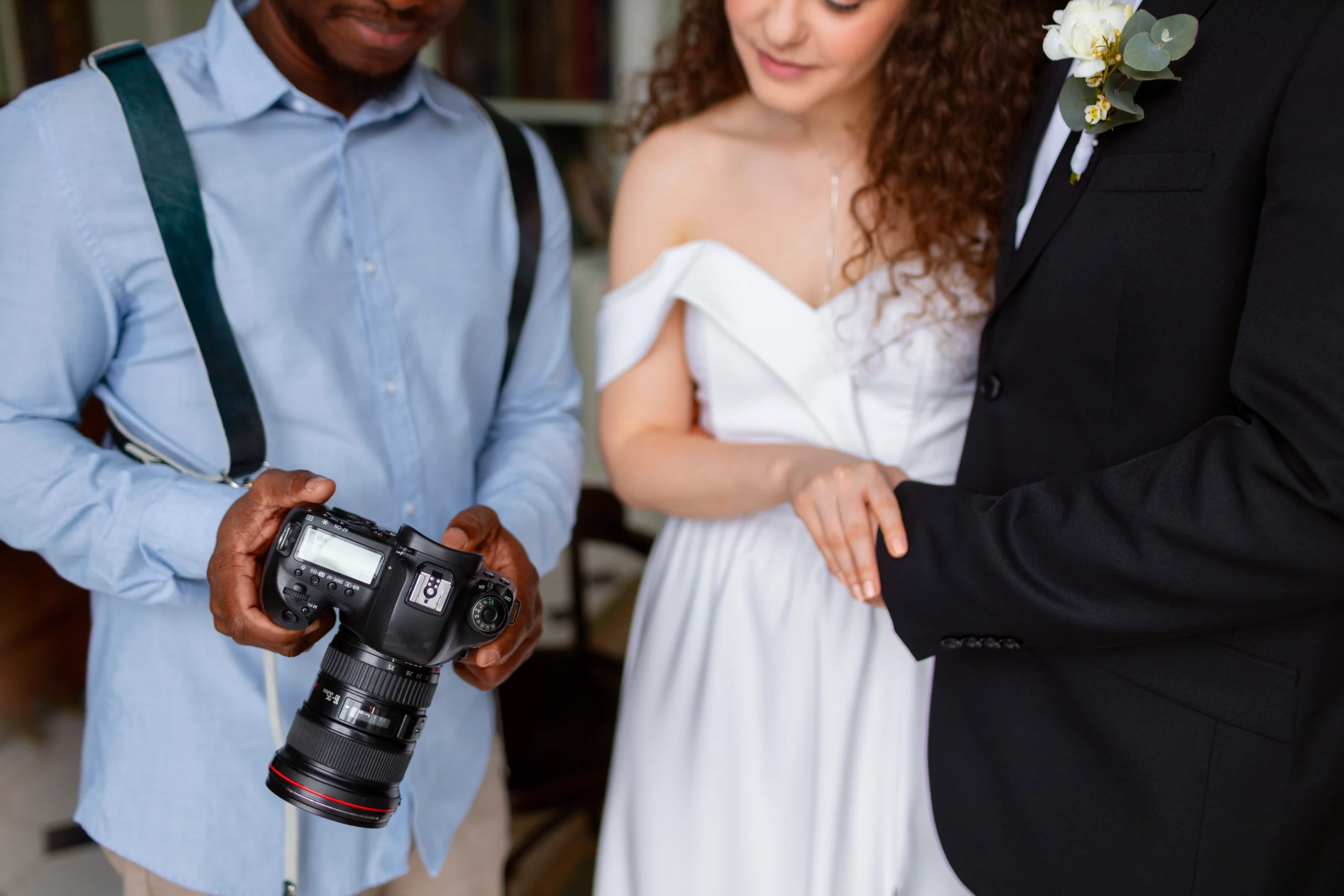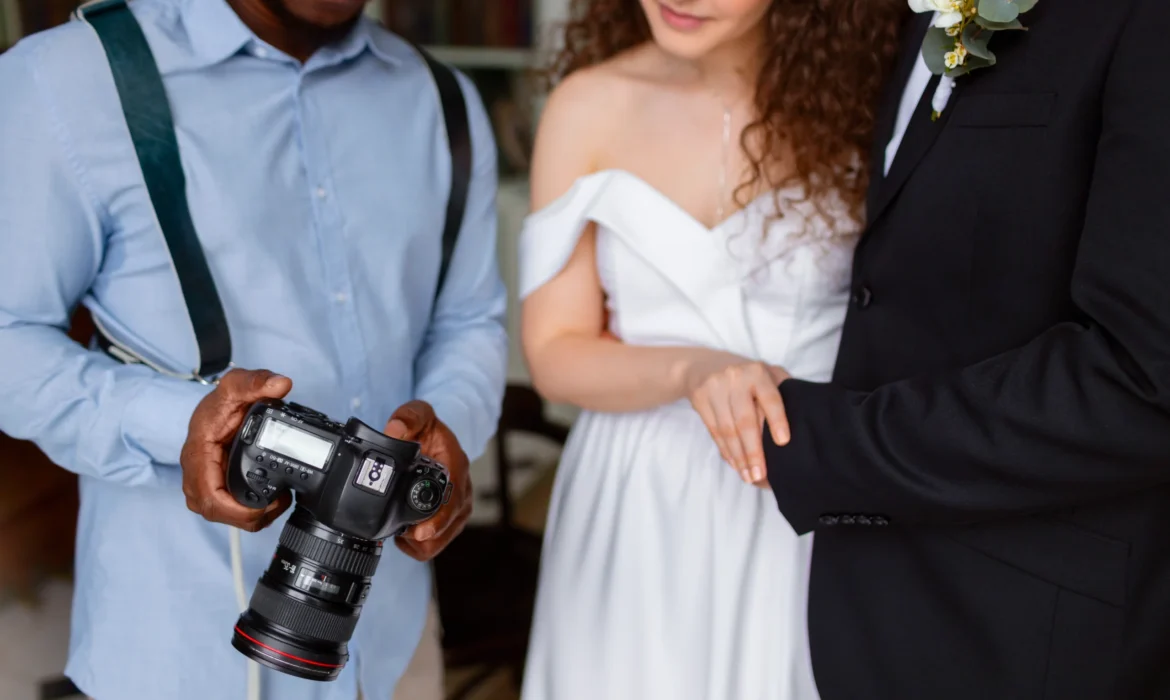
Flying With a Camera: Essential Travel Tips for Wedding Videographers and Photographers
Destination weddings are on the rise—and that means more and more videographers and photographers are taking to the skies to capture their clients’ most important day. But flying with expensive camera gear comes with its own challenges: baggage limits, airport security, international laws, and the constant risk of damage or loss.
At Cut Pro Media, we work with destination wedding creatives worldwide, many of whom shoot across countries and continents. In this guide, we’ll walk you through essential travel tips for wedding videographers and photographers flying with gear—so you can focus on capturing the perfect moments without stress.
1. Always Carry On Your Core Equipment
The number one rule: never check your primary gear.
Your carry-on should include:
- Camera bodies and primary lenses
- Essential audio equipment
- Batteries (within airline limits)
- Memory cards and hard drives
- Laptop or SSD for backups
- One lightweight tripod or monopod (if it fits)
Why? Checked bags can be delayed, damaged, or even lost. If your carry-on includes everything you need to shoot the wedding, you can still work—even if your checked gear doesn’t arrive.
2. Choose the Right Travel Bags
Invest in airline-approved camera backpacks or rolling cases with customizable padded compartments. Look for:
- Waterproof or weather-resistant exteriors
- TSA-compliant locks
- Anti-theft zippers and secure straps
- Strong padding to protect delicate lenses
Popular options include:
- Lowepro ProTactic Series
- Think Tank Airport Roller
- Pelican Air Carry-On Cases
If you’re carrying drones or gimbals, pack them in separate hard cases and check airline rules on lithium batteries.
3. Know Airline Rules About Batteries
Most airlines follow IATA (International Air Transport Association) guidelines, which generally state:
- Spare lithium-ion batteries (like those for DSLRs, drones, or lights) must be in carry-on, not checked bags
- Limit of 100Wh per battery (some airlines allow up to 160Wh with approval)
- Terminals should be taped or stored in individual plastic bags
Check with your airline ahead of time, especially for international travel, as rules vary slightly between carriers.
4. Pack Smart and Light
Only take what you absolutely need. Consider:
- Two camera bodies
- Three lenses (wide, mid-range, telephoto or prime)
- Lightweight stabilizer or gimbal
- Compact LED lights or reflectors
- Audio recorder and wireless mic set
Tip: Use multi-purpose gear. A 24–70mm lens can cover prep, ceremony, and reception without switching glass constantly.
Also, avoid overpacking cables—just bring backups for your core items.
5. Back Up While You Travel
Travel introduces more opportunities for data loss. Protect your footage by backing up:
- To an external SSD or hard drive after each day
- On cloud storage if Wi-Fi is reliable
- On dual memory cards (if your camera supports it)
Make backups before flying home and carry those backups separately from your camera gear.

We Can Help You With Professional Video Editing.
Unlimited Revisions – Whatever changes are needed, send them through and we will Fix them.
Fast Turnaround Time – We are always available to meet the tightest of deadlines when necessary.
Risk-Free Trial – Send your first video editing project to us and if you are not 100% happy with the results we produce, you don’t pay!
6. Clear Security Smoothly
Airport security can slow you down—especially if you have tripods, drones, or an unusual setup.
- Be ready to unpack cameras, laptops, and batteries for scanning
- Bring documentation for professional gear if traveling internationally
- Be polite and explain that you’re a wedding photographer or filmmaker on assignment
Tip: Arrive at the airport earlier than usual if traveling with multiple carry-ons or fragile gear.
7. Get Insurance Before You Fly
Do not travel with professional gear without comprehensive insurance coverage.
Look for:
- Equipment insurance (for damage, loss, theft)
- Travel insurance (for delays, medical emergencies)
- Liability insurance (if you’re working on-site abroad)
Many clients and venues now require proof of liability insurance for event vendors—especially in destination weddings.
8. Plan for Local Conditions
Know the climate, terrain, and customs of your destination. Ask:
- Will you be shooting in sand, snow, or humid conditions?
- Do you need permits to shoot in certain locations?
- Are drones allowed, and what are the local laws?
If you’re traveling for a beach wedding, bring:
- Lens wipes
- Silica gel packs
- Waterproof lens sleeves
If shooting in high altitudes or heat, prepare for battery drain and moisture control.
9. Have a Portable Editing Setup
For long trips, consider traveling with a portable editing station. Even basic edits or previews can make a big difference for client communication or same-day delivery.
Your kit might include:
- Lightweight laptop with SSD
- Portable color-calibrated monitor
- Noise-canceling headphones
- Travel mouse or controller
- Pre-installed software like Premiere Pro, DaVinci Resolve, or Final Cut
This allows you to start organizing or syncing footage on travel days or between events.
10. Build in Buffer Days
If you’re flying internationally, arrive at least one day early to account for:
- Jet lag
- Lost baggage
- Gear setup and location scouting
Avoid booking return flights too close to the event—things run late, and you don’t want to be editing in an airport lounge.
Bonus Tip: Outsource Your Editing While You Travel
If you’re juggling back-to-back destination weddings, post-production can become a bottleneck. That’s where Cut Pro Media comes in.
Our professional editing team helps wedding videographers:
- Offload raw footage securely
- Get highlight reels and full-length films delivered fast
- Maintain brand consistency and quality
- Meet deadlines even when you’re on the road
No more staying up late in hotel rooms editing previews—we do it for you, so you can stay creative and focused on shooting.
Final Thoughts
Flying with camera gear can be overwhelming—but with the right preparation, tools, and support, it becomes just another exciting part of your journey as a creative professional. Whether you’re traveling across Nepal or around the globe, protecting your gear, planning ahead, and partnering with the right team will make all the difference.
Need help managing editing while you’re on the go?
Visit www.cutpromedia.com and discover how we support wedding videographers worldwide with reliable, high-quality editing services.
Shoot anywhere. Deliver on time. Travel smart—with Cut Pro Media.







